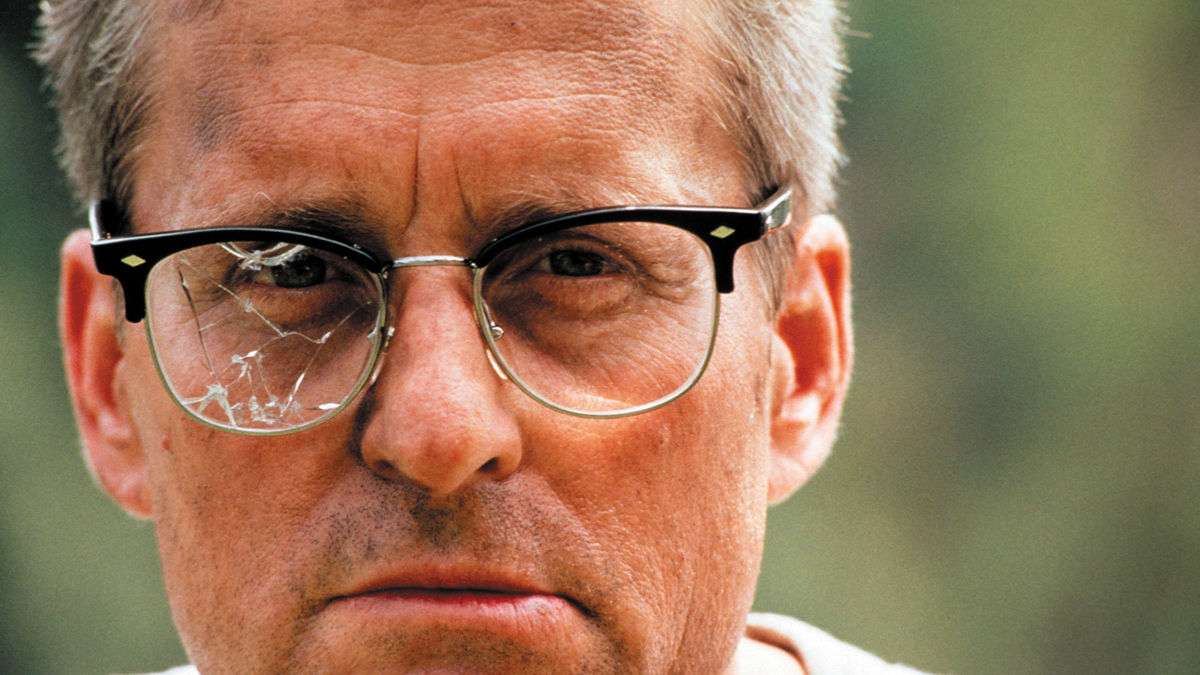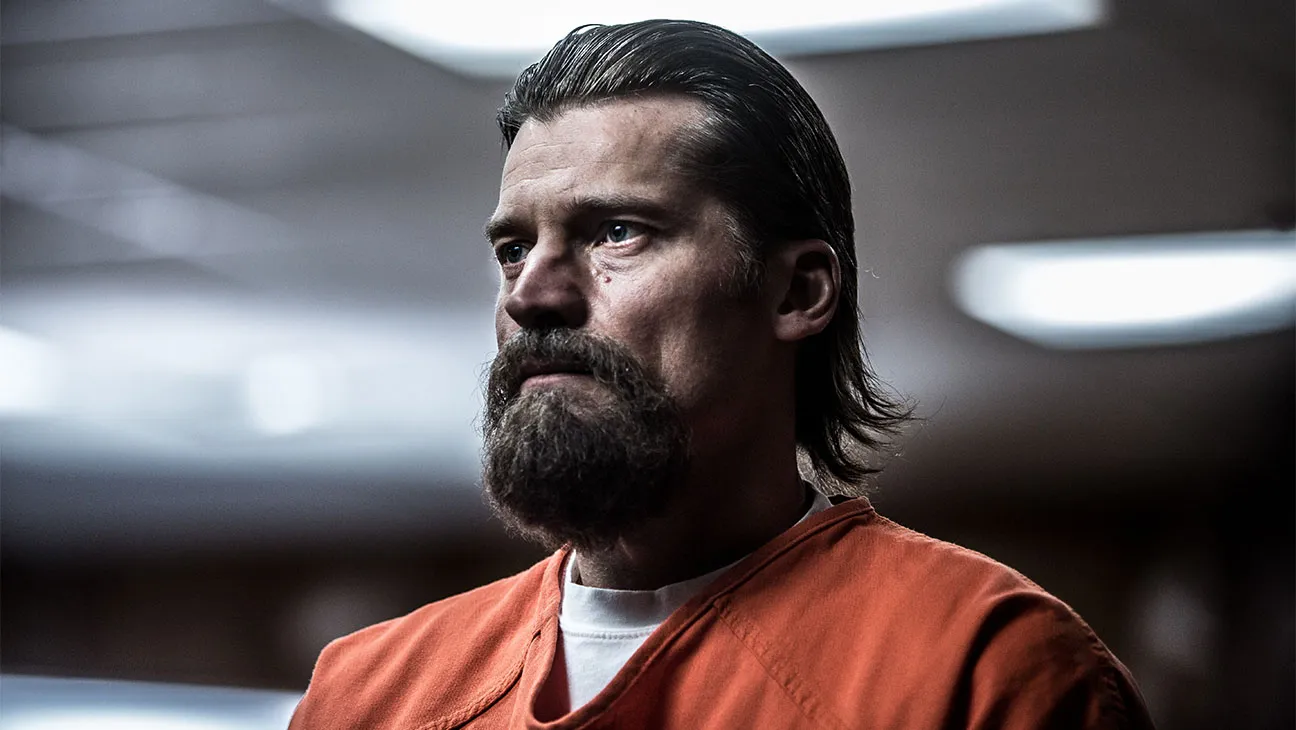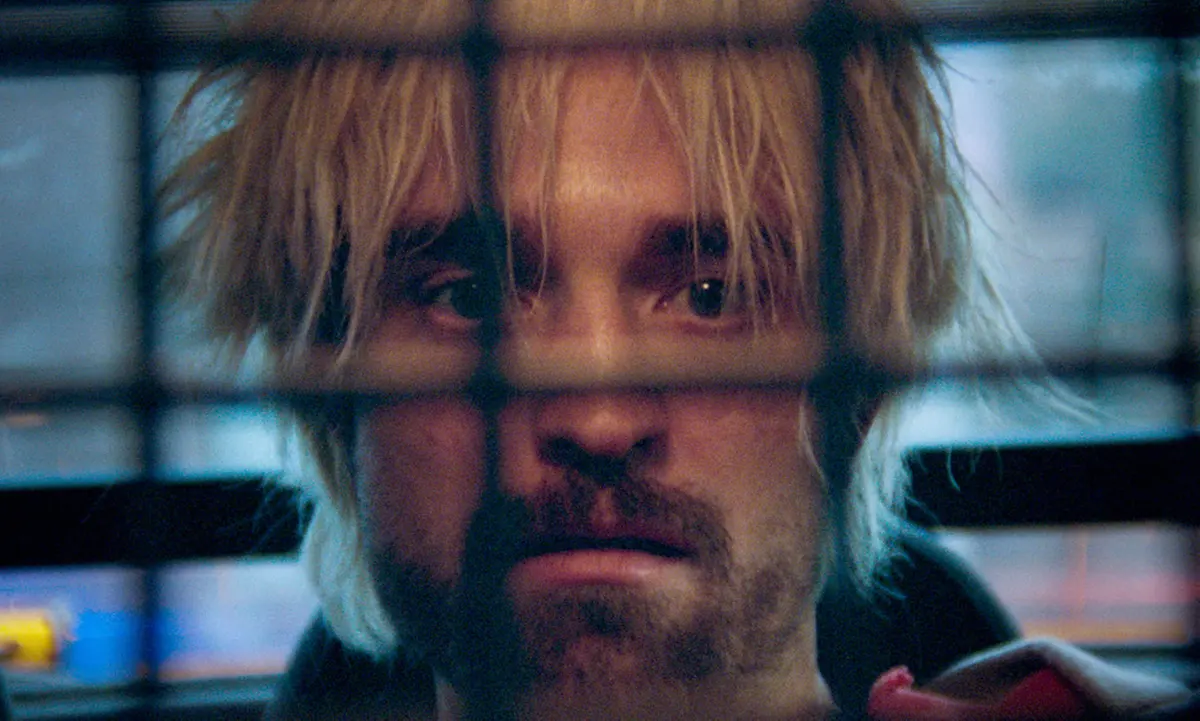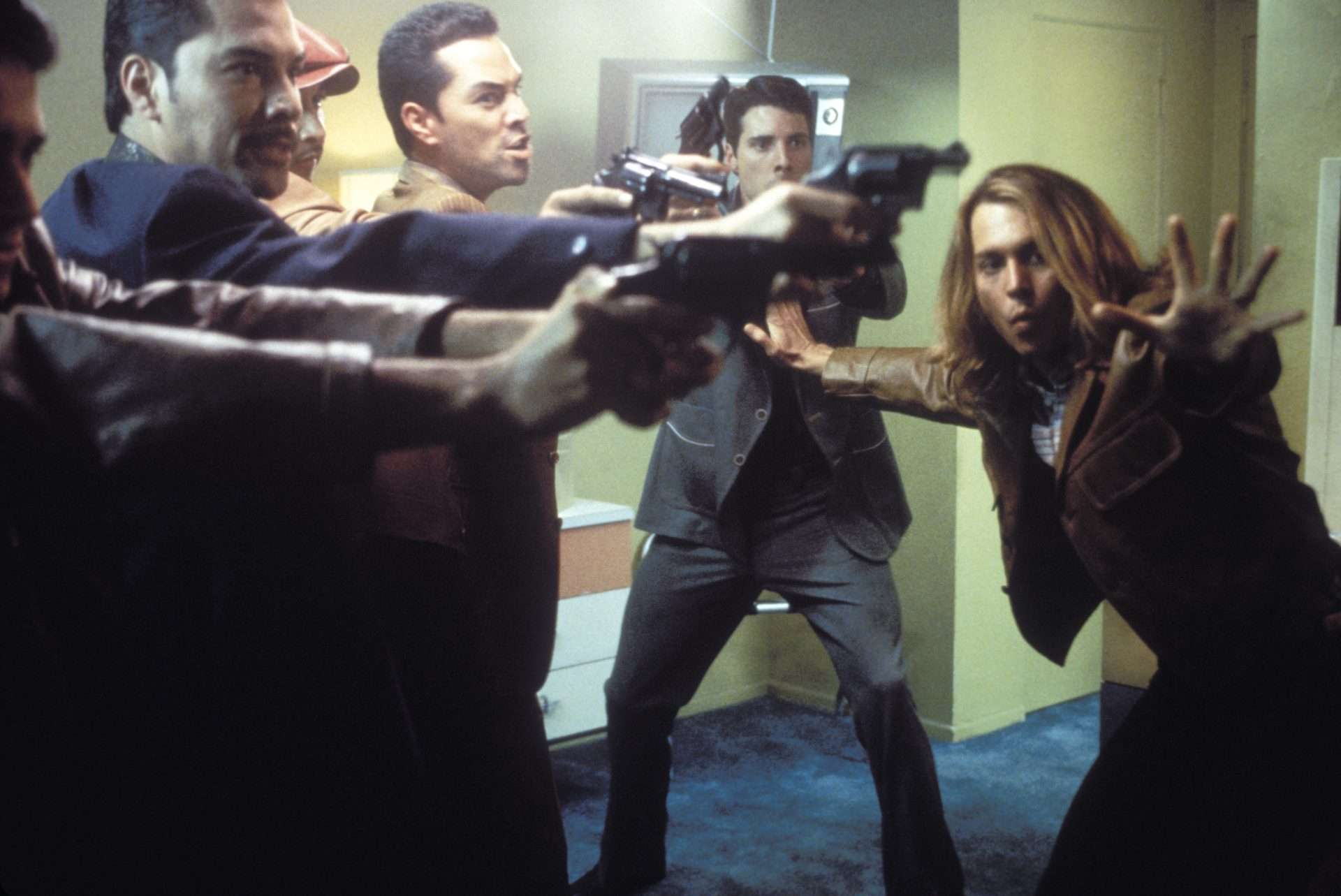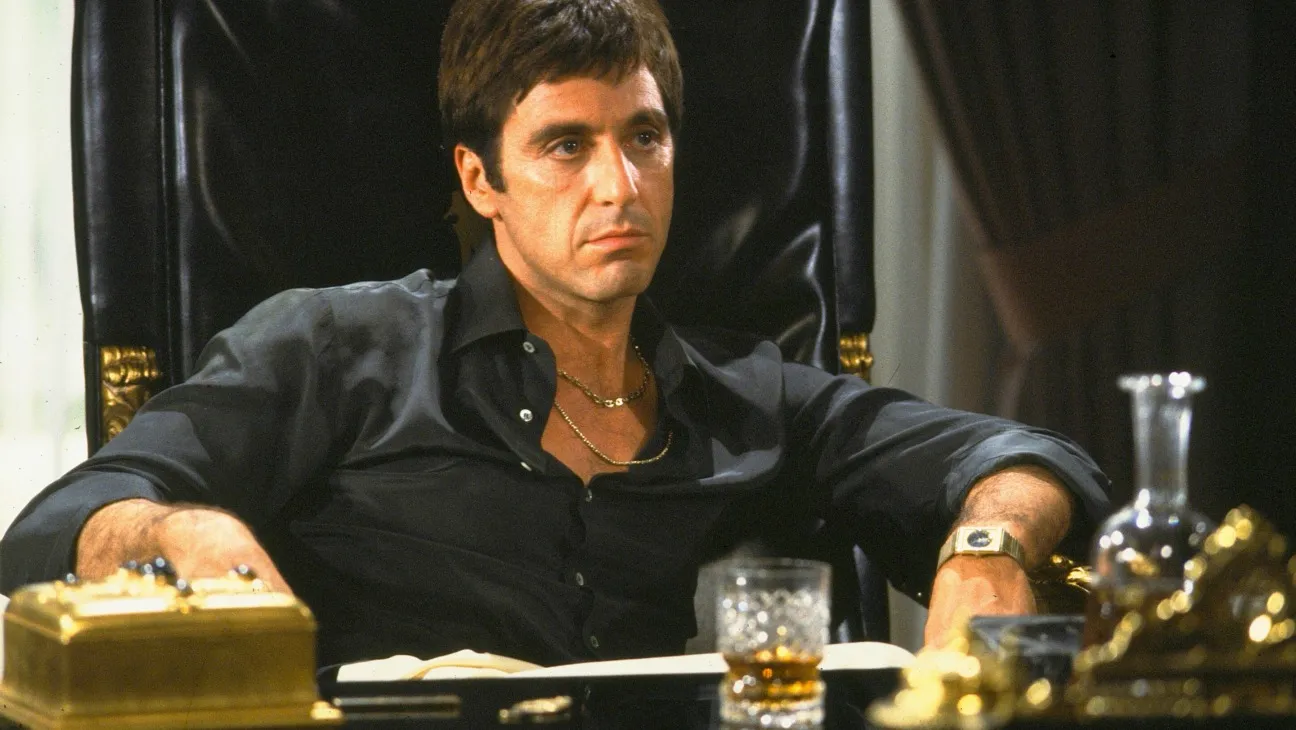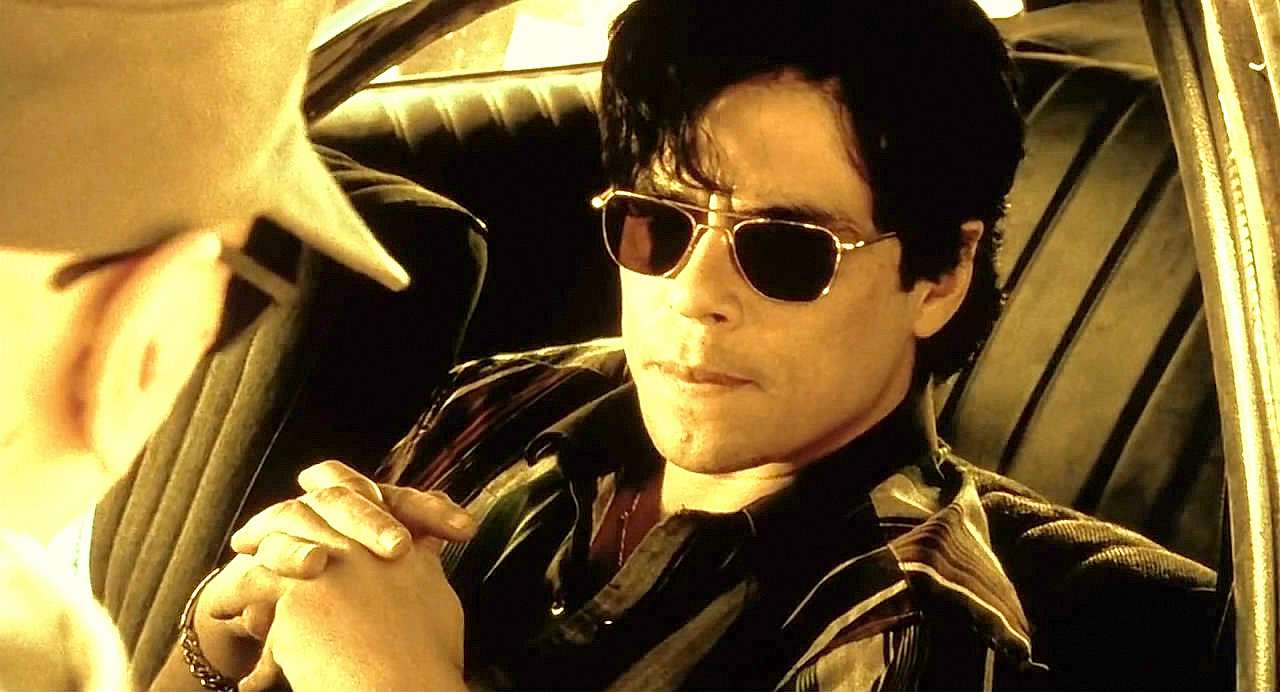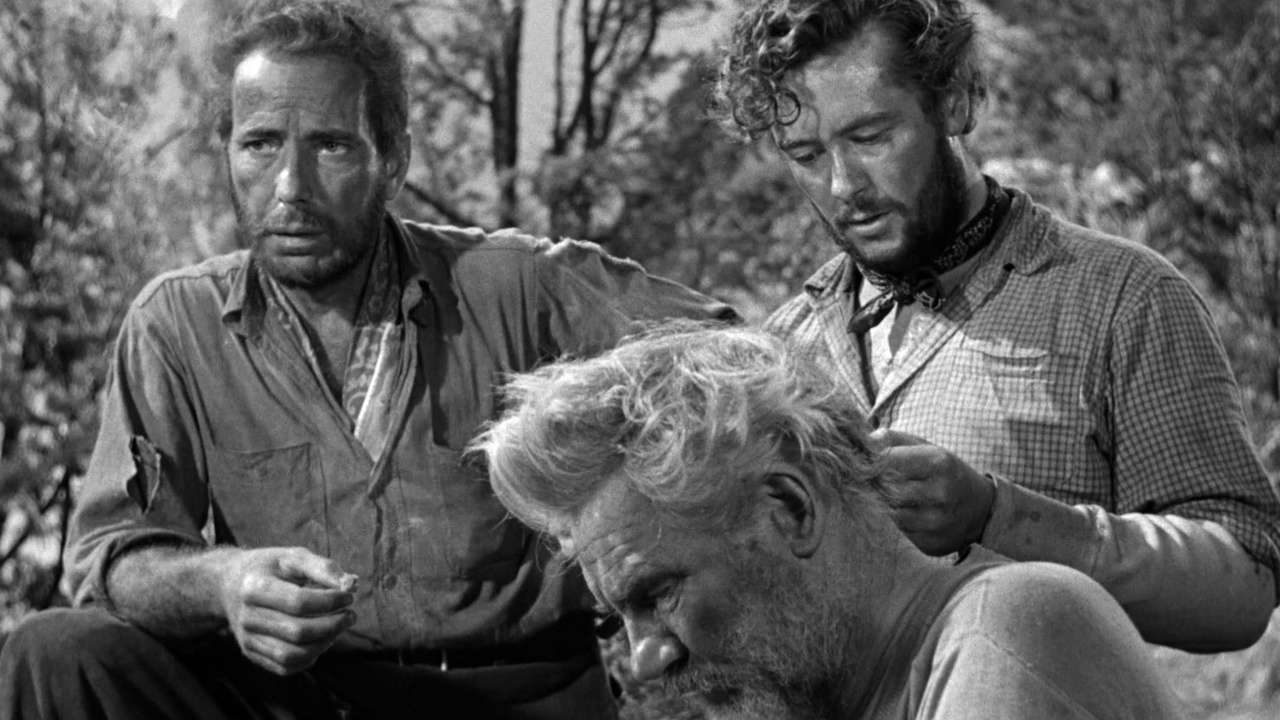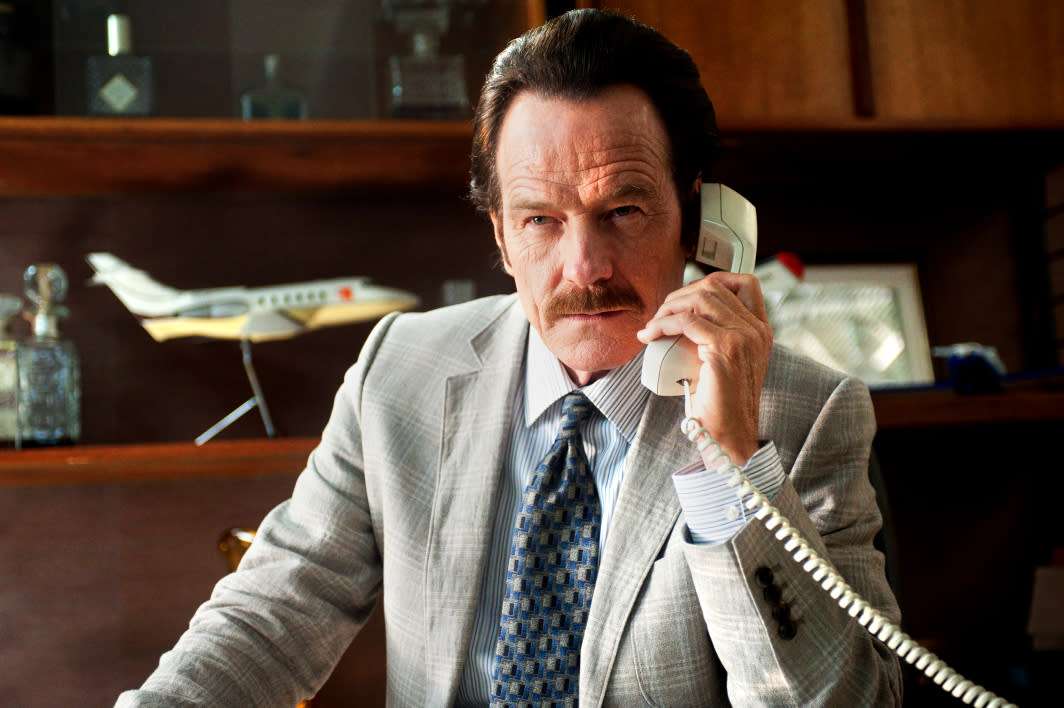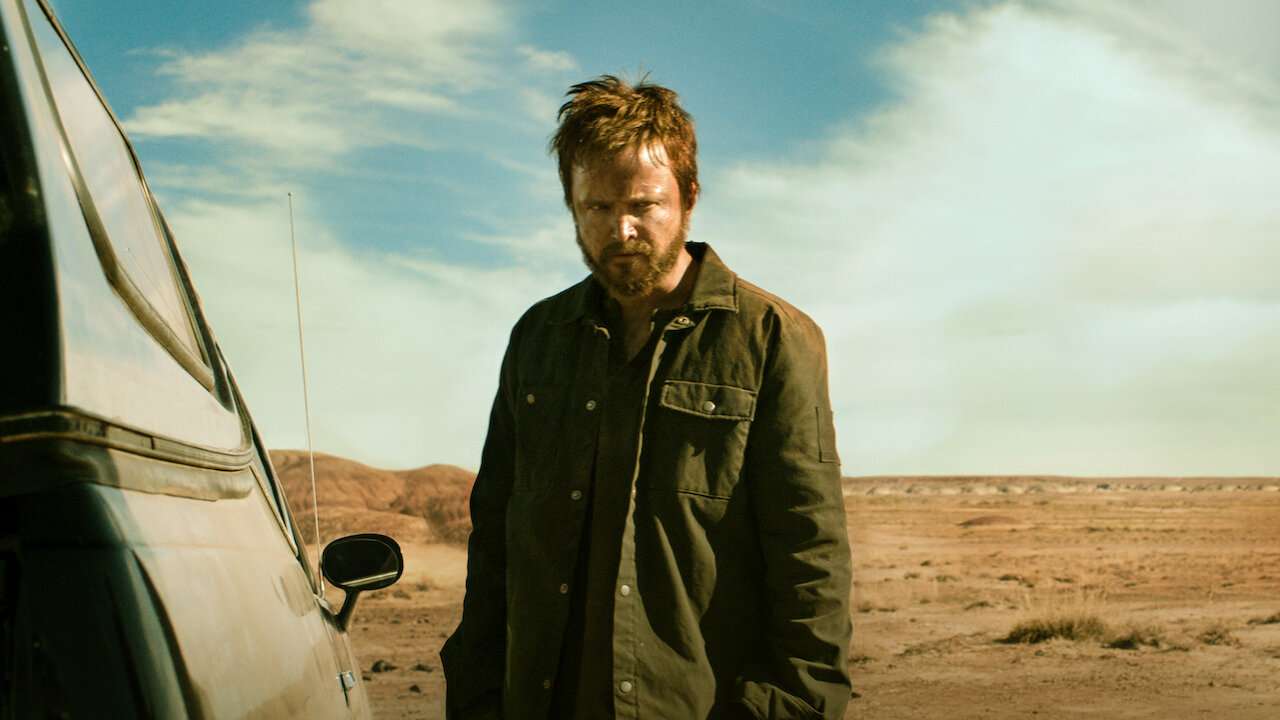Movies Like Breaking Bad: Everything has had its golden age—cinema, Broadway, jazz, and boxing. In 2024, we’re lucky enough to witness television’s heyday firsthand, with higher production values, esteemed actors, whip-smart scripts, and cinematography on par with the polish of filmmaking. Before the 2000s, TV was primarily soap operas, game shows, newsreels, and corny sitcoms. In the US, it was dominated by ABC, CBS, and NBC during the “network era,” and although there was a small TV boom during the 50s, most critics, historians, and scholars can agree gold began to spin at the turn of the century.
Three-dimensional anti-heroes, complex power dynamics, and big-budget shows blossomed with the likes of “The Sopranos,” “The Wire,” and “Game of Thrones.” The most obvious, generation-defining series though, is “Breaking Bad,” first airing in 2008. Ditching the lovable doofus Hal from the early 2000s sitcom “Malcolm in the Middle,” Bryan Cranston sent shockwaves through homes for his depiction of Walter White: a downtrodden high-school chemistry teacher-turn-drug lord.
The timing of Vince Gilligan’s neo-Western crime drama was perfect: family values, financial stability, and people’s trust in their government were being shaken by the 2008 economic crisis. Ideas of toxic masculinity were starting to be questioned, and Nixon & Reagan’s War on Drugs had failed miserably after decades of government intervention.
“Breaking Bad” reflected these anxieties while entertaining viewers with a genuinely well-crafted, tense, and character-centered show, pinpointing the moment TV went from cheap, daytime turnout (like “Malcolm in the Middle”—not that it isn’t still a hilarious program) to serious storytelling. “Breaking Bad” is timely, atmospheric, thematically heavy, and motivated by the downward spiral of its middle-aged protagonist, Mr. White. There’s nothing quite like it, but there are several movies that match the tone, message, or narrative of “Breaking Bad.”
Here are ten films to check out for any “Breaking Bad” fans itching for a little more.
10. Falling Down (1993)
There’s a lot of elements at play in “Breaking Bad.” Throughout its five seasons, the show navigates cartel clashes, drug addiction, meth cooking, marital problems, cancer treatments, murder, kidnapping, money laundering, gang warfare, fatherhood, and the DEA…just to name a few. But what it all boils down to is a midlife crisis. An extreme and dangerous one, sure, spurned on by the threat of terminal illness. But at its crux, “Breaking Bad” is about an ordinary man with a boring life who decides he’s sick of being bossed around and sets out to earn some respect under the pretense of “providing for his family.”
Cinema offers several everyman protagonists who finally snap under the woes of modern-day demands, most plainly being the aptly titled film “Falling Down.” At its core, “Breaking Bad” is a psychological thriller wrapped up in action-packed crime. “Falling Down” strips away the cartel and explosions for a real-time drama with the same “Breaking Bad” bones.
Recently divorced and unemployed, Bill Foster (Michael Douglas) treks through LA on a scorchingly hot day where everything seems to go wrong. No one expects the bland-looking briefcase and ties guy to be wielding a baseball bat. But that’s what Bill is reduced to—the same way Walter White goes from khaki chinos and reading glasses to black shades and a revolver. “Breaking Bad” is essentially “Falling Down” on steroids: condensed and stripped back, with hints of “Breaking Bad” through the odd weapon and gang member.
9. Shot Caller (2017)
For a narrative as wavering and multi-faceted as “Breaking Bad,” with several sides spider-webbing out in a mesh of deceit and collusion, Walt’s character development is straightforward. Or rather, straight-rounded. His curved projection from the disrespected puddle of beige to the feared criminal overlord is neatly tied up by season five – in terms of looks, mannerisms, authority, values, wardrobe, and health. Everything.
Similarly, the metamorphosis of Jacob Harlon (Nikolaj Coster-Waldau) comes full circle in “Shot Caller,” directed by Ric Roman Waugh. A (mostly) law-abiding stockbroker family man, Jacob is imprisoned for a DUI and knows he must throw a few punches to survive. Punches turn to killings, and Jacob snowballs into a top-dog prison lifer, tattoos and all. “Shot Caller” is a compressed version of the ordinary man’s domination of a criminal empire plot, playing out over two hours rather than five seasons, confined to the walls of one Californian prison.
8. Good Time (2017)
Aesthetically, “Good Time” is nothing like “Breaking Bad.” There are no New Mexican sands or high school classrooms, no car washes, or yellow-stained flashbacks. But despite all the neon lights and concrete jungles, “Good Time” is reminiscent of “Breaking Bad” in the most fundamental way: Connie Nikas (Robert Pattinson) seems like a normal guy until his family or freedom is jeopardized. Then, it’s all ruthless crime spree and moral depravity, stopping at nothing to win.
When his developmentally disabled brother is arrested for a crime Connie made him an accomplice in, Connie voyages around the midnight New York streets, trespassing and drugging his way to a get-out-of-jail card (with a plus-one). Connie is inexorable in his criminal pursuit, just as Walter White never ceases to amaze viewers with how far he’ll go—how compulsively he’ll lie, how violent he’ll be, how much more money he’ll chase.
Connie loves his brother in all the wrong ways and does all the wrong things to “help him” live a good life. The same as Walter does for his family, forever chanting about his protective intentions while his wife and son cower from the knife in his hand (“What the hell is wrong with you! We’re a family!”). Josh and Benny Safdie’s eye-poppy A24 odyssey is the tonal opposite of “Breaking Bad.” However, both are ingrained with a sharp sense of realism that makes their audacious narrative turn that much more engrossing.
7. Blow (2001)
“We’re gonna need a bigger boat,” Johnny Depp says when surrounded by stacks of money in a closet, playing the real-life drug smuggler George Jung in “Blow.” This “Jaws” reference could have equally been uttered by Walter White when facing a storage unit full of cash, unable to launder it fast enough to spend. Just as Walter went from a smart but unassuming citizen who accidentally gets embroiled in the drug trade—and finds out he’s amazing at it—so too does George dip his toe in the criminal underworld to discover “I’m really great at what I do.” George transitions from a young guy selling weed to a cocaine kingpin, rubbing shoulders with Pablo Escobar—the Colombian cartel leader that Walter White would have probably taken on once his ego had inflated into Heisenberg.
Thinking he’s got it all, with his sunglass strut and feared reputation, George can never relax into his riches because there’s always someone bigger above him; some destabilizing threat just around the corner. Blow” mirrors the social commentary of “Breaking Bad” that projects how anybody’s life can be overruled by drugs—whether college dropout pothead or mild-mannered father—and not necessarily because of addiction. There’s also the driving factor of a cancer diagnosis, but not on George’s end.
6. Scarface (1983)
Walter White, a.k.a. Heisenberg, is the most iconic drug kingpin in all of television, cooking meth in an RV while wearing nothing but tighty-whities and an apron. On the flip side of the same coin, Tony Montana (Al Pacino) is among the most iconic drug lords in cinema, working off a green card in Miami before realizing he’s capable of more than dishwashing.
In “Scarface,” the Cuban refugee turns to an established Colombian cocaine boss for work, climbing the ladder to eventually reign supreme, Al Capone style (which is where the nickname “Scarface” derives from). Although he’s far too classy to ever hustle away in a cramped lab, making the drugs himself and sweating through his Walmart underwear, Montana does lose his cool in the end. Spiraling into an overly suspicious, violent, and power-hungry mess – like Walter cackling maniacally beneath the floorboards of his home in season four, officially losing his mind to his criminal enterprise – Montana ultimately meets the same bloody end as his nerdy television counterpart, Mr. White.
Also Related: The Six Stages of The Evolution of Walter White
5. Traffic (2000)
Being situated on the border of Mexico, the Mexican cartel is the only source of distribution that Walter can approach for his product. From Tuco to Gustavo (who’s actually Chilean-American but oversees the Mexican cartel), Walter is continually locking horns with Spanish gangsters. Although Walter is the—white, middle-class, American—protagonist, Gilligan depicts the War on Drugs from both sides of the border, painting Walt’s follies as equally dangerous and cruel to his Mexican, teeth-grilled opponents.
Steven Soderbergh’s “Traffic” also puts equal weight on all sides—Mexican and American criminals as well as the DEA (embodied by Hank in “Breaking Bad”). But beyond its trio of perspectives, Traffic’s biggest overlap with “Breaking Bad” is its color palette. Accentuating the barren desert landscapes behind them, where men are shot and buried out of sight from the law, Gilligan tints various scenes in “Breaking Bad” with yellow.
These bronzed, dusty hues are a recurring (but not permanent) motif, much like the ambiguous flash-forward openings, that give the show a similar texture to “Traffic.” Speaking of sunny color-coding, “Breaking Bad” also nods to “The Godfather” by using oranges to symbolize an impending death.
4. The Treasure of The Sierra Madre (1948)
“Breaking Bad” isn’t just like “The Treasure of The Sierra Madre.” It is inspired by it. Gilligan cited numerous films as seeds of incentive for the script, from “Jackie Brown” to “Apocalypse Now.” He also embedded several movie references for cinephiles to eat up, but “The Treasure of the Sierra Madre” was a particularly big influence. When two roughneck drifters (played by Humphrey Bogart and Tim Holt) climb a mountain in search of gold, their jackpot turns out to be their undoing.
Both “The Treasure of the Sierra Madre” and “Breaking Bad” act as a warning against gambling and greed, where the cursed events are foreshadowed from the beginning, and characters ignore the red flags of getting rich. Men obsessively working for gold in the Mexican desert could be the logline for both” The Treasure of The Sierra Madre” and “Breaking Bad,” and what’s that quote about our ends being self-made?
3. The Infiltrator (2016)
Having exemplified his ability for all things gritty drama, Bryan Cranston remained planted in the lawless land of cinema for future projects like “Drive,” “Your Honour,” and “The Infiltrator.” Except, in the latter, Cranston is only posing as a gangster, playing the real-life special agent Robert Mazur during the 1980s. Mazur infiltrated the most famous cartel of all time, exposing the money-laundering practices of Pablo Escobar–the famed Colombian narcoterrorist who was also featured in “Blow.” The intricate double-life of lies and high-pressure situations of “The Infiltrator” echo the character of Walter White.
Plus, the fast pace of Brad Furman’s boiling biopic runs to the speed of several climatic “Breaking Bad” moments, such as when Walt races against the clock to meet a drug drop-off deadline and the birth of his child at the same time. “The Infiltrator” wasn’t a success like “Breaking Bad,” but critics sang its praises. You could easily pause “The Infiltrator,” and it could be mistaken for “Breaking Bad” by those who haven’t properly watched the series.
2. No Country for Old Men (2007)
“Breaking Bad” is set in Albuquerque, New Mexico, and this desert backdrop of wide-open plains, mercilessly hot suns, and the hard-as-nails Mexican mafia plays a crucial role in setting the unique mood of the show; almost like a character in its own right. There’s nowhere to hide in this humid place. No shade from the sun, from the past, from enemies — internal (cancer) or external (rival gangs). Nor from the watchful gaze of Walter’s increasingly suspicious family, a brother-in-law spearheading the local DEA unit.
Also drudging desert sands and desperately seeking a hideout is Llewelyn Moss (Josh Brolin)—a cowboy hunter who stumbles upon a crime scene left by cold-blooded killer Anton Chigurh (Javier Bardem). Joel and Ethan Coen’s hailed neo-Western is tonally reminiscent of “Breaking Bad.” Its grounded, eerie stillness, punctuated by scenes of brutal violence, is hugely similar in style.
These aren’t just humdrum action scenes of choreographed stunt fights—their humanistic spin carves out each murder as personal and agonizing, leaving a lasting impression. Whether captive bolt pistol (“No Country for Old Men”) or Ricin (“Breaking Bad”), it’s Walter’s and Anton’s placid indifference that really chills the spine. Even with all that Southern sunshine.
1. El Camino: A Breaking Bad Movie (2019)
Obviously, the film to watch if you love “Breaking Bad” is the show’s spin-off film, “El Camino: A Breaking Bad Movie.” Clues in the name. You could talk for hours about the motives, metaphors, and transitions entrenched in Walter White’s character arc. But the show would be nothing without his right-hand man, Jesse Pinkman (Aaron Paul). At first, Walter’s ex-chemistry student is appointed as distributor, slinging crystal while Walt cooks up the formula. Eventually, Walter gets a feel for the streets and grows more comfortable selling the product himself.
And Jesse remains by his side as the only person Walt trusts—perhaps even loves as a stand-in father figure—despite bickering like an old married couple. Walt and Jesse’s partnership is arguably what made “Breaking Bad” so popular, as Jesse brings a sympathetic, heartfelt, and comical element to the show. Six years after the “Breaking Bad” finale aired, Gilligan teamed up with Paul and the original crew for a dual sequel and epilogue. Finally fans got to see what Jesse was up to after Walter’s cataclysmic demise, which happens to be seeking revenge on his former captor Todd (Jesse Plemons).

